|

MEP Welcomes Commerce Testimony on Line 3
On Monday, September 11, the Minnesota Department of Commerce released an analysis arguing that the proposed Enbridge Line 3 replacement pipeline, which would carry Alberta tar sands oil across Northern Minnesota, was not needed by the state, based on independent analysis of oil consumption projections. The Department further testifed that the pipeline’s environmental and social impacts on Minnesotans would outweigh the benefits, and that the previous Line 3, which is aging and running at low-capacity, should be removed and cleaned up. This analysis came as a surprise to many observers, especially considering that Enbridge has already begun construction on segments of the pipeline in Wisconsin in Canada.
Steve Morse, the Minnesota Environmental Partnership’s Executive Director, welcomed the Commerce conclusions in a press release. “The age of growth in fossil fuel demand is over,” Morse said. “We don’t need increased fossil fuel capacity.” Instead, “We need to get about the business of abandoning and cleaning up the existing Line 3.”
Though this report represents a significant blow against this hazardous pipeline, the Department of Commerce does not have the authority to prevent Line 3. The politically independent Public Utilities Commission will consider these and other arguments in hearings next spring, when it determines whether to grant Line 3 a certificate of need. But it is clear that sustained pressure from advocates on the pipeline’s harmful effects is not going unheard.
The Public Utilities Commission should take into account the harmful effects that this oil pipeline would have on water, climate change, and the health and livelihoods of Minnesota’s indigenous communities. And it should carefully consider the Department of Commerce conclusion that this new fossil fuel infrastructure is not needed. It will take continued, vocal advocacy from Minnesotans to make sure that these concerns are heard. We invite residents from across our state to educate their neighbors and speak up on Line 3’s threats to our water and climate. Visit mepartnership.org to learn more find out how to take action!
Department of Commerce News Release on Line 3
MEP press statement on Department of Commerce testimony
WCCO coverage of Commerce testimony, featuring interview with Steve Morse

|
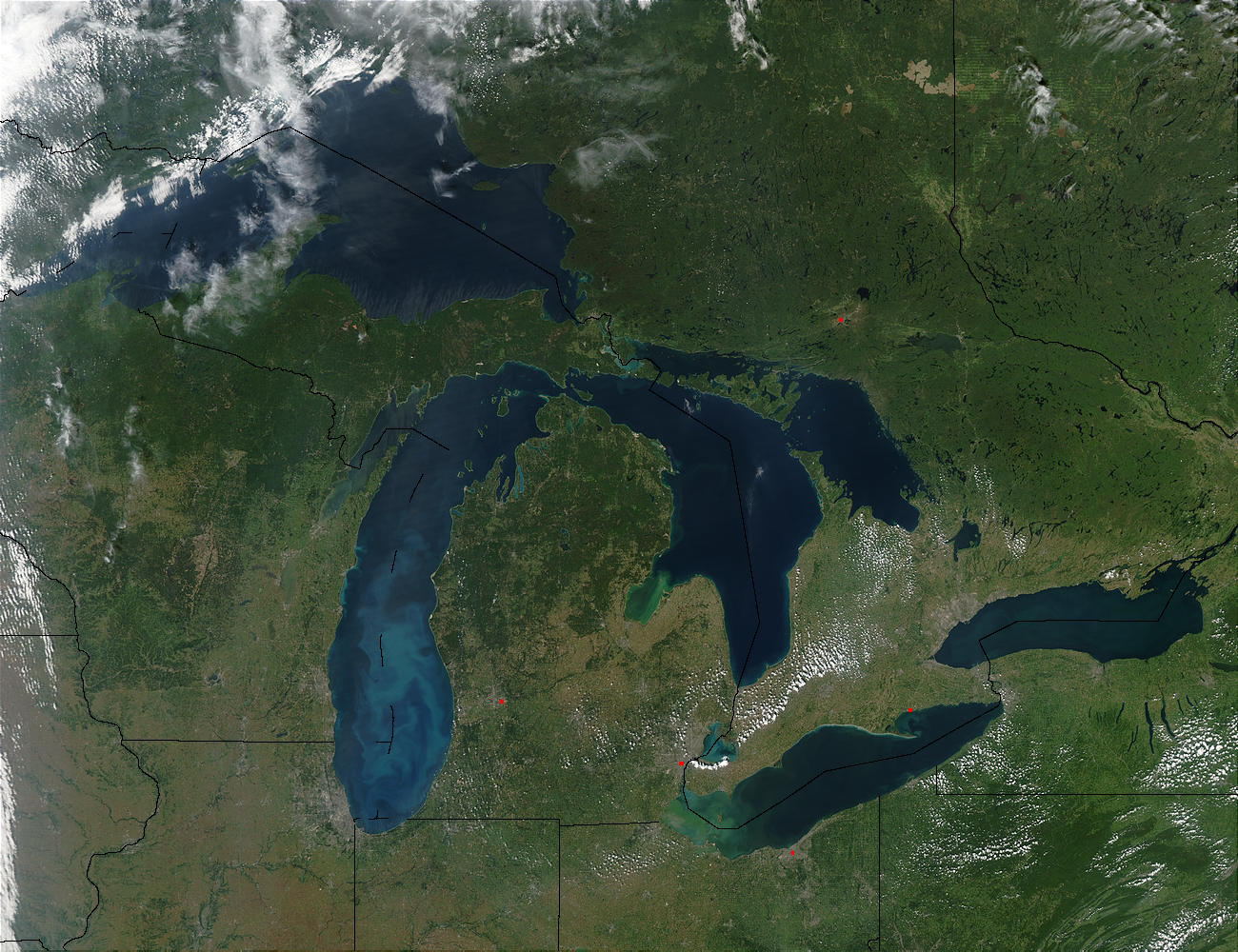
photo credit: NASA |
Great Lakes Commission to work on water solutions in Duluth
Next week, the city of Duluth will host the annual meeting of the Great Lakes Commission (GLC), an interstate compact dedicated to discussing and implementing good public policy for water, land, and economic prosperity in the Great Lakes region. MEP staff will be in attendance to join in discussing solutions to some of the most pressing water issues, such as invasive species and pollution, that face the Great Lakes today. Click here for more information about the Great Lakes Commission’s important work on protecting and improving these waters for future generations.
|
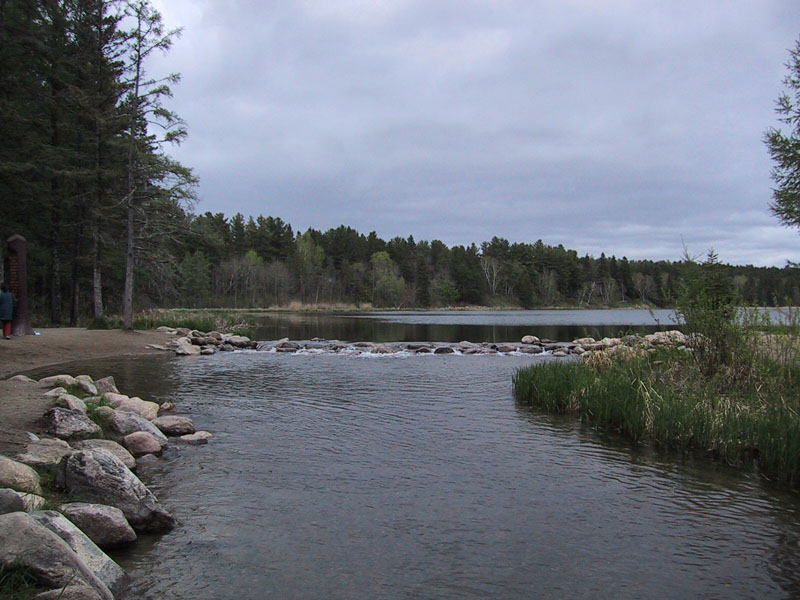 |
’25 by 25′: Town hall on water quality held in Bemidji
(From Bemidji Pioneer) — Local and state officials talked about ways to improve water quality in Minnesota on Wednesday before turning the question to residents for more ideas. The event was the seventh of 10 water quality town hall events held across the state. Starting in July, the series of meetings are part of an initiative launched by Gov. Mark Dayton dubbed “25 by 25,” meaning a goal of improving the state’s water quality 25 percent by 2025. Dayton, who was initially scheduled to appear at the event, was unable to attend. However, his water advisor Anna Henderson was on hand to address the crowd of about 250 people at Bemidji High School. “We’re here to listen and learn from all of you about the water quality improvements that you want to see and how we can increase the pace of progress,” Henderson said. >>Read More.
|
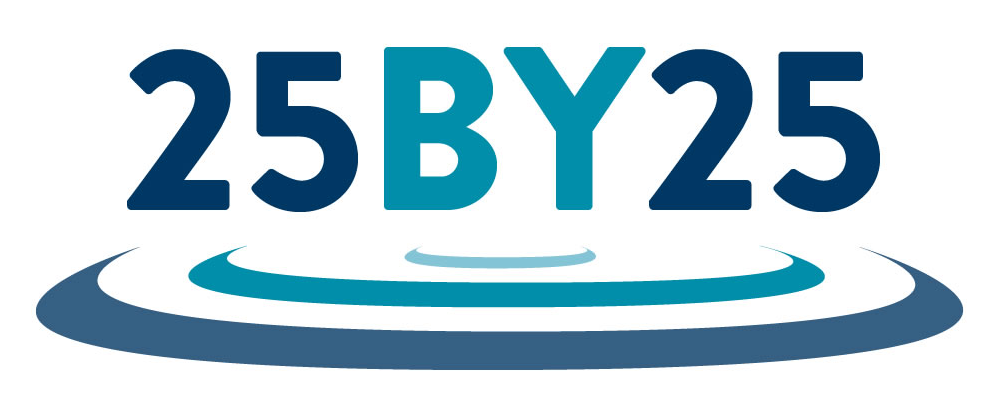 |
Dayton’s 25 by 25 meetings head to the Twin Cities
Governor Dayton has so far hosted five of his ten planned town hall meetings on his proposed “25 by 25” Water Quality Goal throughout Minnesota. The Governor is seeking input on how to improve the health of our state’s waters by 25% by the year 2025, and wants to hear Minnesotans’ ideas. The next several meetings will be coming to Minneapolis, Burnsville, and Stillwater. To find out how you can give your own input at a town hall, visit www.eqb.state.mn.us/25by25
|
 |
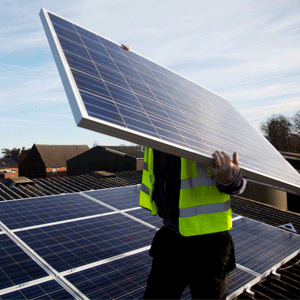
photo credit: Midwest Energy News |
New study: green energy a major job creator in state
(From The Timberjay) — The clean energy industry has become a significant bright spot in Minnesota’s overall economy in recent years, creating nearly 3,000 new jobs in just the past 12 months. That’s according to a new report from Clean Energy Trust and Environmental Entrepreneurs, which is being highlighted by state officials, including Lt. Gov. Tina Smith. With the latest growth in employment, the clean energy industry— which includes businesses and workers advancing renewable sources of energy production and energy efficiency improvements—now employs just over 57,000 Minnesotans according to the study. Of those jobs, just over 17,000 are located outside the Twin Cities metro area, making the sector a major employer in outstate Minnesota. >>Read More.
|
 |
Chippewa County wind farm likely to go up in early 2018
(From West Central Tribune) — Equipment began arriving this week for the construction of an 18-turbine wind farm in Chippewa County, but work is not likely to get underway until spring. Company officials with Palmer’s Creek Wind Farm outlined plans for the 44.6-megawatt wind farm to Administrative Law Judge Barbara Case at a public hearing Monday evening in Montevideo. The Public Utilities Commission has developed a draft permit for the project, and is expected to act on the permit by year’s end. Judge Case said public comments on the project will be accepted by the PUC through Sept. 21. It’s an opportunity to point out what could be improved, or issues regulators might not be aware of, she said. Company officials had hoped to begin work this fall, but the permit process is not complete. >>Read More.
|
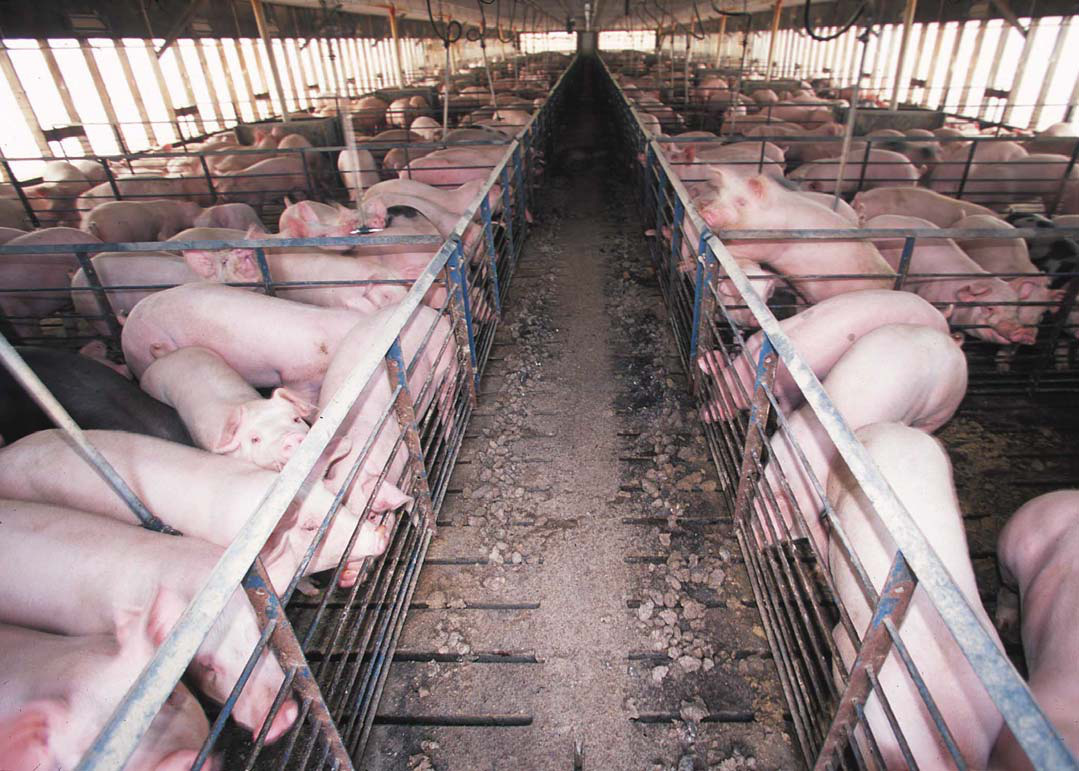
photo credit: EPA |
Families clash over proposed hog farm in Zumbrota Township
(From MPR News) — A family proposing a large hog operation near Zumbrota Township on Thursday showed up at a press conference held by neighbors who oppose the facility. Backed by the Land Stewardship Project, Zumbrota Township retired farmer Dale Post and about a dozen others held signs such as “No Factory Farms” and “Family Farms NOT Factory Farms” as they spoke in a downtown Lakeville park about their concerns about odors and hydrogen sulfide gas, which results from animal waste and can be harmful to health at certain levels. >>Read More.
|
 |

|
Air Quality alert issued for Minneapolis-St. Paul area
(From Pioneer Press) — Unusually warm temperatures, sunny skies and high levels of ozone coming in from the south and central United States are creating unhealthy air quality for some people in the metro and southern Minnesota. The Minnesota Pollution Control Agency released an air quality alert Thursday that’ll be in effect from noon to 8 p.m. Friday. Air quality index levels are expected to climb through the afternoon and settle after sunset. People with respiratory problems, chronic obstructive pulmonary disease and heart conditions could be affected by the higher levels of ozone. Those who have asthma or COPD, make sure to have your inhaler with you and take other necessary precautions, the MPCA said in the statement. >>Read More.
|

|
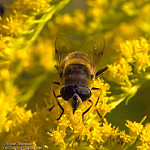 |
A new bee “sky rise” in Como Park offers home for pollinators
(From Star Tribune) — A new custom-built high-rise featuring a sleek wood and metal design and breathtaking views of Como Lake hit the market Wednesday morning. Best of all? The list price is free — to bees and butterflies. The pollinator “sky-rise” is the work of Public Art St. Paul and the Bee Lab at the University of Minnesota. The purpose of the striking yellow tower is more than artistic, however. Researchers hope to learn what kind of man-made housing will attract, protect and nurture pollinators at a time when natural habitat is disappearing. At the same time, officials hope the tower and its nearby bins of free flower seeds — milkweed, purple prairie clover and black-eyed Susan — will elicit support for developing even more pollinator habitat. >>Read More.
|

|

photo credit: Pioneer Press |
Where things stand with the effort to allow mining near the Boundary Waters
(From MinnPost) — For those who don’t want mining — or even the whiff of mining — to come anywhere near northern Minnesota’s protected Boundary Waters Canoe Area Wilderness, the last weeks of the Barack Obama administration were good ones. Just as Donald Trump was preparing to take office, the Obama administration declined to renew mineral leases held by the company Twin Metals, and began the process of blocking off nearly a quarter-million acres of Superior National Forest from mining projects for up to 20 years. Fourth District DFL Rep. Betty McCollum, one of Congress’ staunchest opponents of mining near the Boundary Waters, said back then that Minnesotans should celebrate the victories, but cautioned that “we have more work to do.” >>Read More.
|
Weekly Outdoor Trivia – Answers Below Job Postings!
|
 |
1. What peak in the Boundary Waters Canoe Area Wilderness is Minnesota’s highest point?
2. What Minnesota county is named for a Dakota word meaning “where the buffalo fish come”?
3. Minnesota’s state park system is the second-oldest in the United States. Which state’s is the oldest?
|
|
|